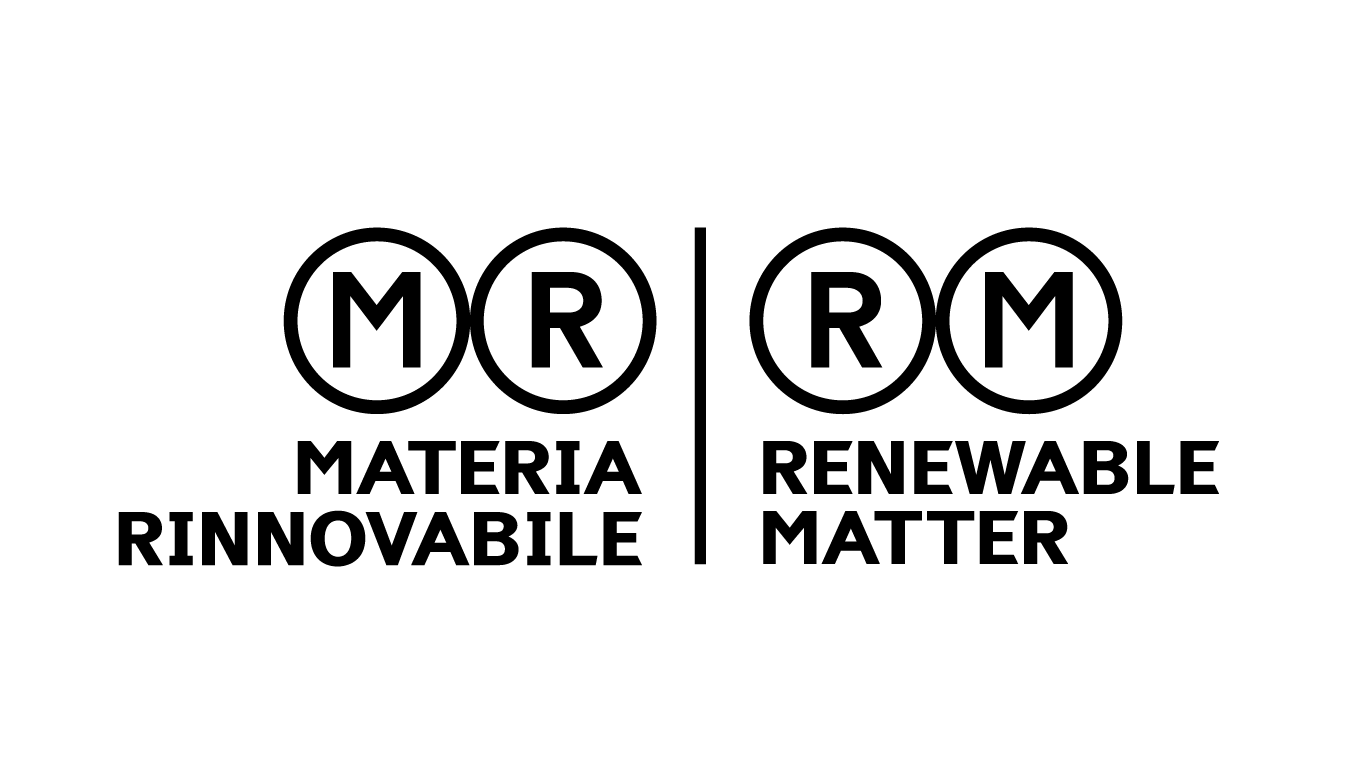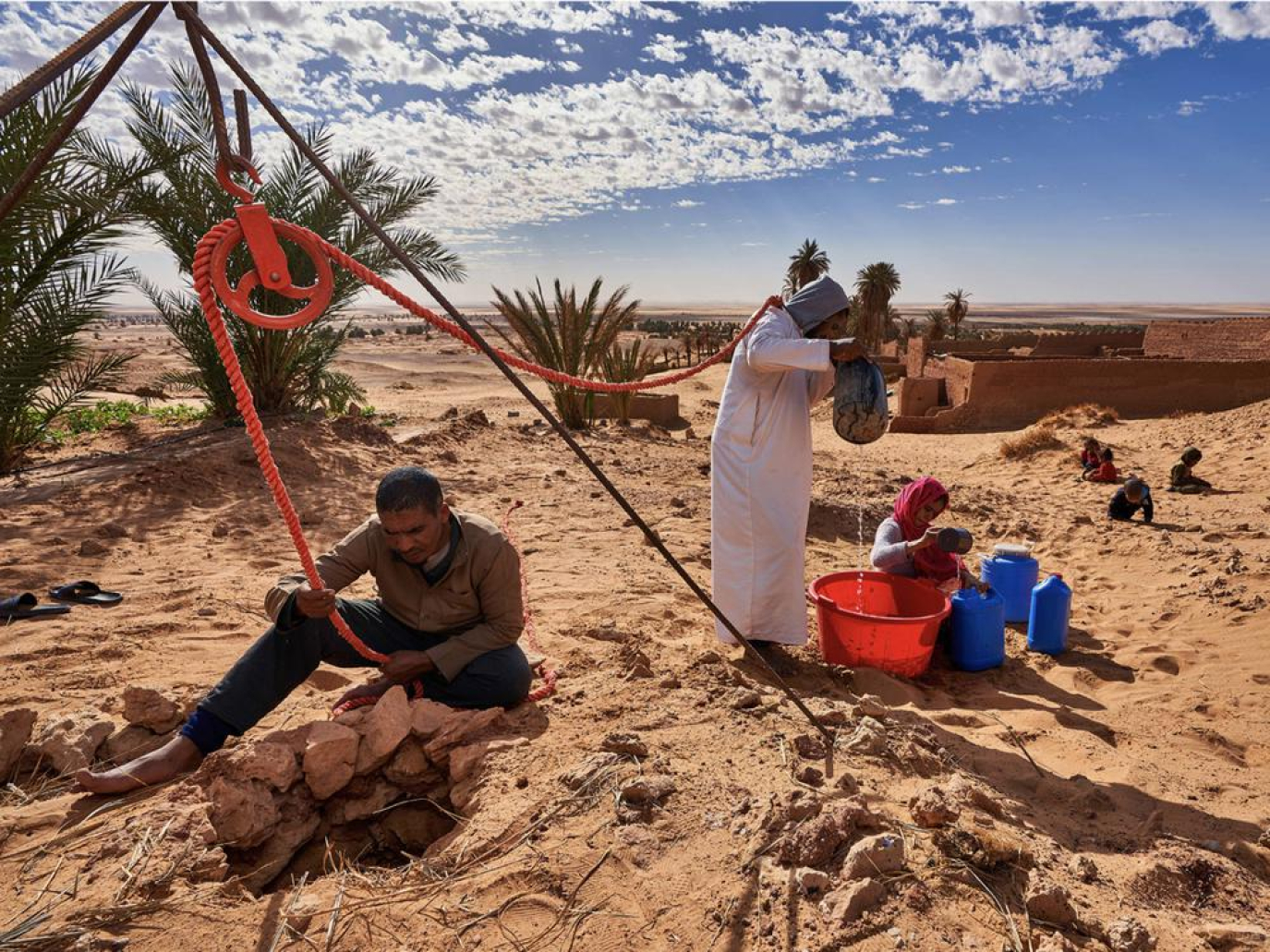
This article is also available in Italian / Questo articolo è disponibile anche in italiano
“No country is immune to drought and we need to be prepared.” Daniel Tsegai, Program Officer at the United Nations Convention to Combat Desertification (UNCCD), delivered a clear message during the press conference for the launch of the Drought Hotspots Around the World 2023–2025 report. The report was published on July 2nd, coinciding with the Fourth Financing for Development Conference (FfD4) in Seville, Spain.
The document, drafted by the U.S. National Drought Mitigation Center (NDMC) and the UNCCD, with the support of the International Drought Resilience Alliance (IDRA), is the result of the analysis of hundreds of government, scientific, and media sources. It aims to highlight the most severe effects of drought in the most vulnerable areas of the planet, from Africa to the Mediterranean basin, Latin America, and Southeast Asia. A strong call to strengthen global resilience in the face of a rapidly changing phenomenon. Droughts, which have increased by 29% over the past 30 years, are becoming more frequent, longer-lasting, and devastating, transcending borders and seasons.
Drought is changing: the water-energy-food nexus in Africa
“We wanted to show that drought can affect any continent and any country, without regard to political boundaries. As I like to say, drought can last from days to decades, cover millions of hectares, and impact millions of people”, Mark Svoboda, co-author of the report and Founding Director of the NDMC, explains to Renewable Matter. In particular, the global drought between 2023 and 2024 was strongly influenced by the El Niño-Southern Oscillation (ENSO), a climate phenomenon that changes temperatures and ocean currents in the tropical Pacific. This event exacerbated droughts in regions that are already vulnerable due to global warming, population growth and fragile infrastructure, intensifying the effects on agriculture, water resources and public health.
To provide some data, in southern Africa, approximately 68 million people require food aid. In Zimbabwe alone, the 2024 maize harvest plummeted by 70%, while in Zambia, entire industrial and health sectors were paralyzed by blackouts lasting up to 21 hours a day, caused by the drastic reduction in hydroelectric power. In Somalia, over a million people have been displaced due to the multi-year drought affecting the Horn of Africa. This has left 4.4 million people in a state of severe food insecurity, with 1.7 million children suffering from acute malnutrition.
Another key point is that drought strikes faster and faster. “I’ve been researching this topic for 30 years in my career”, adds Svoboda. “I started working on what I described as rapid onset drought, or “flash drought,” around 2000. It remained a little-known concept for a while until 2012, when a major flash drought occurred here in the United States and brought the term into the spotlight. When I coined it, the idea was to get drought on people’s radar for planning and management. It’s not just a slow-onset disaster, but it’s also not a hazard that develops gradually. Over the past decade, with rising temperatures, we’ve been seeing many rapid onset droughts worldwide. It happens everywhere. Were they happening before? Sure, but usually it happened during heatwaves or isolated events. Now, however, the phenomenon is much more widespread. The frequency of these droughts is increasing, which is a real concern going forward: how do we deal with a warming climate?”
Not to mention, as Svoboda points out, the important change brought by rising temperatures, which in theory should bring more rainfall. However, this rain comes in high-intensity events that cause rapid runoff, preventing water from soaking into the soil and recharging groundwater. Added to this is the lengthening of dry days between rainfall.
The Mediterranean as a “canary in the coal mine”. Latin America and Asia have already been impacted
In Mediterranean Europe, drought has halved olive oil production in Spain, not to mention the other impacts on agriculture, tourism, and domestic consumption. Meanwhile, in Turkey, more than 1,600 sinkholes have emerged due to the gradual depletion of underground water reserves. “The Mediterranean countries are like canaries in the coal mine for all modern economies,” explains Svoboda, referring to how these regions are early indicators of the effects of climate, water, and environmental crises that could soon hit other parts of the world.
“Water is moving through that system more quickly, and with increased demand, that’s not a good equation—it really puts pressure on resources”, he adds. In Latin America, the drought has led to the death of over 200 dolphins in the Amazon River and a significant drop in water levels in the Panama Canal. This has reduced ship traffic from 38 to 24 transits per day, thereby slowing down global trade. The production and supply chains of key crops like rice, coffee, and sugar have been severely disrupted.
Between 2023 and 2024, drought conditions in Thailand and India led to shortages that caused the price of sugar in the United States to rise by 8.9%. The most severe consequences affect the most vulnerable: women, children, the elderly, nomadic herders, subsistence farmers, and people with chronic diseases. In addition to economic losses, health risks are increasing, ranging from cholera outbreaks to exposure to contaminated water. This indicates that the crisis is not only about the quantity of water but also its access and quality.
How do we prepare for drought?
“I think we cannot overemphasize the importance of national drought policies”, adds Daniel Tsegai (UNCCD), explaining how, until a few years ago, most countries simply reacted to drought events with policies that focused more on immediate response than on a structured, forward-looking approach. “Now, however, we’re shifting the paradigm from reactive to proactive approaches. It’s crucial that countries adopt a national drought policy. Through the UNCCD Drought Initiative, more than 80 countries now have a national drought plan based on the principle of risk reduction.”
The real challenge now is the concrete implementation of these plans. “One of the first steps in developing a national drought policy is ensuring the participation of all stakeholders. It’s not just a matter for ministries of agriculture, water, or meteorology to discuss. It should involve sectors like health, tourism, transportation, hydropower, and education—because drought impacts every aspect of society when it strikes. That’s why it’s essential we move from being reactive to being proactive. That means addressing drought during non-drought periods.”
From education to COP17 Desertification
Concrete options to mitigate the effects of drought will need to be identified, bearing in mind that there is no single, universal solution. “In some regions, for instance, water harvesting is an option because they experience alternating droughts and floods. In others, the focus might be on drought-resilient crops, adapting livelihood strategies, or water conservation. A good example comes from Australia, where they implemented a mandatory water restriction system that effectively distributed water resources. It’s important we explore more such strategies.
But perhaps most importantly, we need to invest in public education and awareness. Droughts are expected to become more intense, strike more quickly, and cover wider geographic areas, according to all available projections. That’s why raising public consciousness is vital—so people start conserving water and using it more wisely in their everyday lives”, concludes Tsegai.
At the supranational level, however, a significant issue remains: the definition of a formal mechanism to address drought globally. Intergovernmental working groups are trying to determine the best operational structure to adopt, but the issue remained unresolved at the last COP16 in Riyadh. Now, the COP17 in Mongolia in 2026 is seen as a crucial opportunity to clarify the roles and operations of the IDRA (International Drought Resilience Alliance) and the International Drought Resilience Observatory (IDRO). Not to mention the crucial issue of resources: who will finance these tools and how will they be made operational in the future?
Cover: In the heart of the desert, a community unites to harvest water using traditional methods. Using a manual pulley system, they draw life-saving water from deep underground, a gender-responsive solution that sustains families, agriculture, and hope. Women and children play a vital role in this daily act of resilience, transforming scarcity into survival. © Abdallah Khalili / UNCCD-GWP Photo Competition 2025



